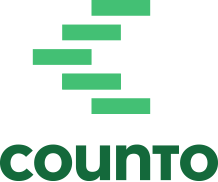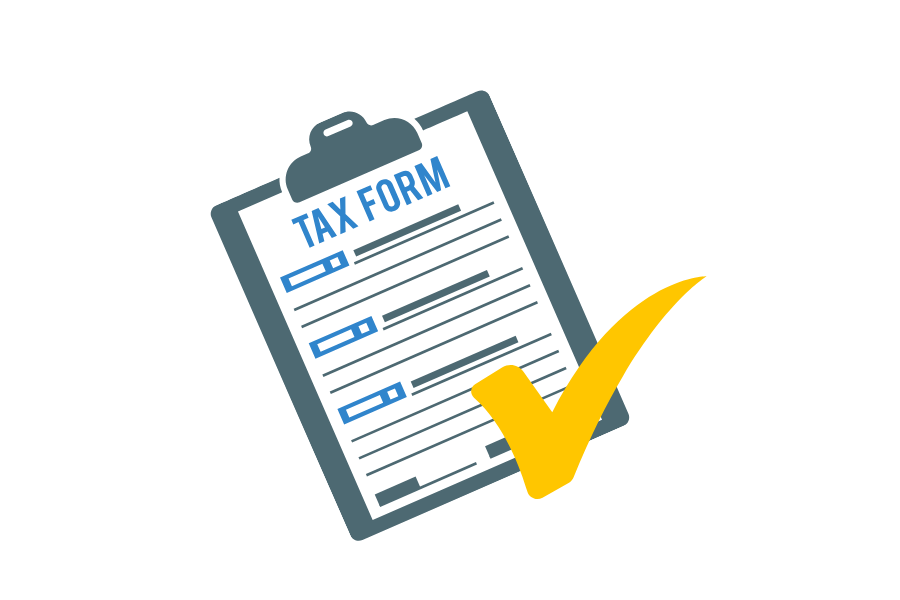What is Form 8995? Everything US Small Business Owners Need to Know
As a small business owner or self-employed individual in the United States, you’re likely looking for ways to minimize your tax liability. One important tool you may need is Form 8995, which allows you to claim the Qualified Business Income (QBI) deduction. This deduction can reduce your taxable income by up to 20% of your qualified business income, but understanding how to properly complete Form 8995 and with the right tax services are key to maximizing its benefits.
1. What is Form 8995?
Form 8995 is a simplified tax form used by eligible taxpayers to calculate and claim the QBI deduction. This deduction allows you to reduce your taxable income by up to 20% of your net QBI, which includes income from your qualified trade or business. You can also include up to 20% of qualified REIT (Real Estate Investment Trust) dividends and qualified PTP (Publicly Traded Partnership) income.
- QBI deduction limit: The total QBI deduction is limited to 20% of your taxable income (before the QBI deduction), minus net capital gain, which is increased by any qualified dividends.
2. Who Should Use Form 8995?
Form 8995 is ideal for small business owners who meet the following criteria:
- QBI, qualified REIT dividends, or qualified PTP income or loss are included in your income.
- Your 2024 taxable income before your QBI deduction is less than or equal to:
- $383,900 if married filing jointly
- $191,950 for all other filing statuses
- You are not a patron in a specified agricultural or horticultural cooperative.
If your taxable income exceeds these limits, you’ll need to use Form 8995-A, a more complex version of the form with additional calculations.
✅Tax season approaching? Choose an all-in-one solution that includes tax filing. See options here.
3. What Qualifies as Business Income?
To claim the QBI deduction, you need to understand which income qualifies:
- Eligible Sources:
- Sole proprietorships, partnerships, S corporations, and certain trusts and estates.
- Excluded from QBI:
- Wage income: Earnings from employment (not business-related).
- Guaranteed payments to partners: Payments made to business partners, regardless of business income.
- Investment income: This includes dividends and capital gains.
4. How to Complete Form 8995
Completing Form 8995 involves a few straightforward steps:
Step 1: Gather Essential Information
- Business Income Records: Gather profit and loss statements or other documentation of your business income.
- Taxable Income: Know your total taxable income to check your eligibility.
- Carryforward Losses: Account for any losses from previous years that may affect your deduction.
Step 2: Form Breakdown
- Qualified Business Income (QBI): Determine your net income from your business.
- REIT Dividends and PTP Income: Include any REIT or PTP income.
- QBI Deduction Calculation: Multiply your QBI by 20% to estimate your deduction.
- Income Limitation: The deduction is limited to 20% of your taxable income minus capital gains. If your deduction exceeds this amount, you must reduce it.
Step 3: Key Tips for Accuracy
- Double-check your calculations to ensure that all income sources are included.
- Consider using accounting software or consulting a tax professional to avoid errors.
5. Common Questions About Form 8995
Can I Claim the QBI Deduction If I Have Multiple Businesses?
Yes, if you own multiple businesses, calculate the QBI for each one separately and add the totals together on Form 8995.
What Happens If I Have Negative QBI?
If one of your businesses reports a loss, it can offset the income from your other businesses. If the overall QBI is negative, it will carry forward to the next year.
Do Rental Properties Qualify for QBI?
Some rental activities can qualify for QBI, but they must meet specific criteria, such as being regularly and continuously involved in the operation of the property.
Summary
Form 8995 is a valuable tool for small business owners in the US who want to claim the QBI deduction. This deduction can lower your taxable income by up to 20% of your qualified business income, as long as your taxable income meets the eligibility requirements. When completing the form, ensure you calculate your QBI and any REIT or PTP income correctly. By understanding exclusions like wage income and capital gains, you can better maximize your QBI deduction. Proper record-keeping and consulting a tax professional can ensure you get the most out of your QBI deduction.
One Platform, Complete Financial Control
Stop coordinating between different providers. Counto’s combined accounting and tax plans give you a single solution at a predictable price. Our intelligent platform manages your books while tax experts handle your filing. Want to learn more about our all-in-one plans? Chat with us now, email [email protected], or use our contact form.







